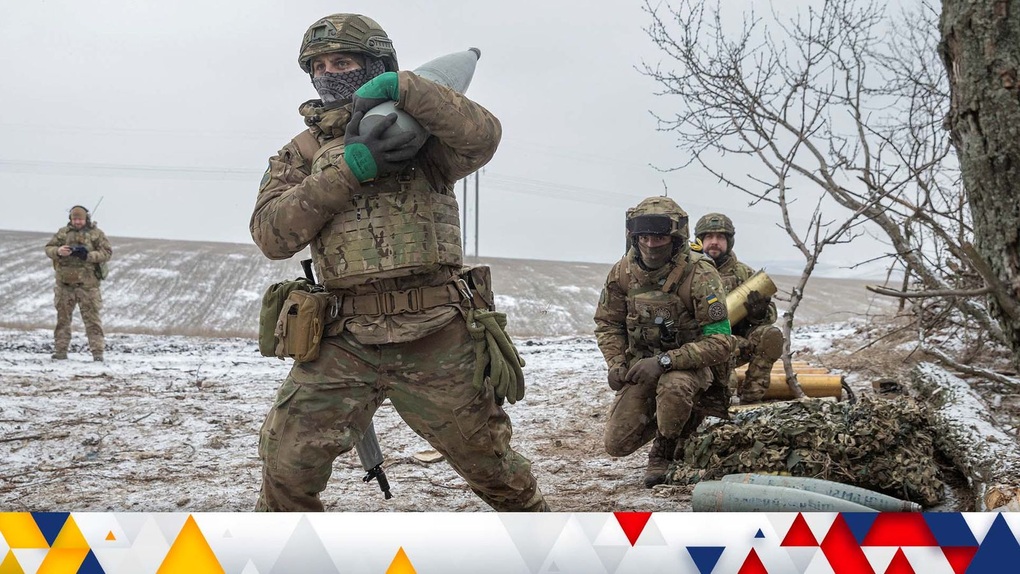
Ukrainian soldiers fighting in Bakhmut (Illustration: Sky news).
Ukraine holds back Russia in Bakhmut
According to Rybar, in Soledar, Russia continues to put pressure on both flanks of Bakhmut. At the same time, as before, their main target is Chasov Yar.
Despite the general decline in the quality of the Ukrainian army in some areas, Russia is still hampered by difficult terrain and dense enemy fortifications.
Contrary to some claims, Kiev forces appear to have no shortage of ammunition or FVP drones, which has also affected the Russian advance. Meanwhile, fighting continues on the southern flank in the Kleshchiivka and Andriivka areas as Ukraine unexpectedly counterattacks with ferocity.
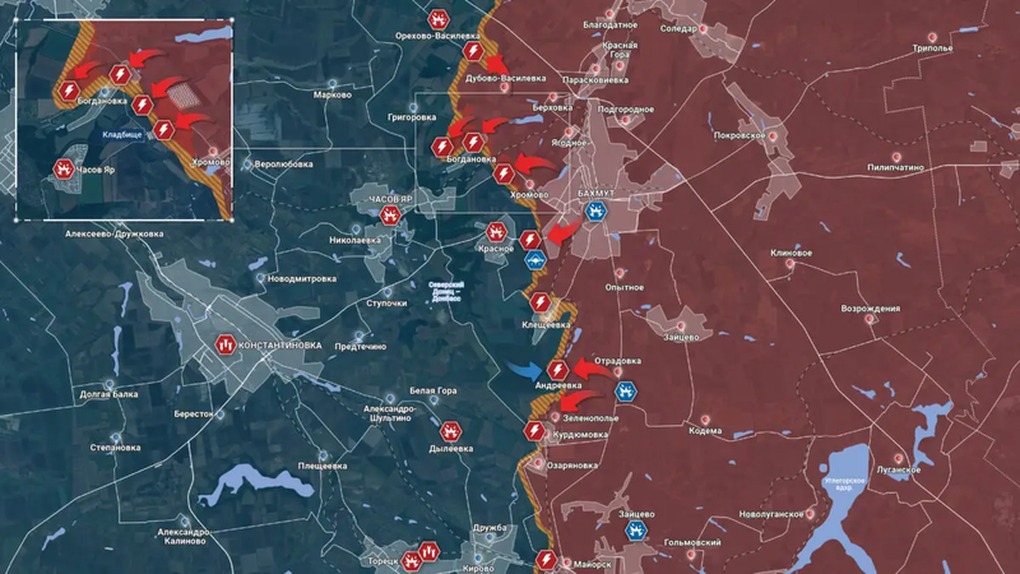
Map of the Ukrainian war in Bakhmut as of January 12. Russia controls the brown area and the red arrows show the direction of their attack, the blue arrows are the direction of Ukraine's counterattack (Photo: Rybar).
Russia missed the chance to finish Kupyansk
Rybar channel said that there were no significant changes in Kupyansk. The Russian offensive has almost stopped and the situation in Sinkovka has not changed for several months.
During this time, Ukraine accumulated significant forces and built solid defense lines, allowing them to release part of their forces and redeploy them to other areas.
Instead of focusing on blockade of Kupyansk, conducting systematic attacks on the rear and destroying the supply lines to the Ukrainian formations before the major offensive, Russia focused on frontal attacks.
The opportunity was missed and the offensive near Kupyansk that began in the fall was in vain. The Ukrainian formations strengthened, forming a quite powerful collective.
The assault groups advanced along the same route without heavy artillery support and the resulting Russian losses were similar to those of the Ugledar or Belogorovka attacks in 2022.
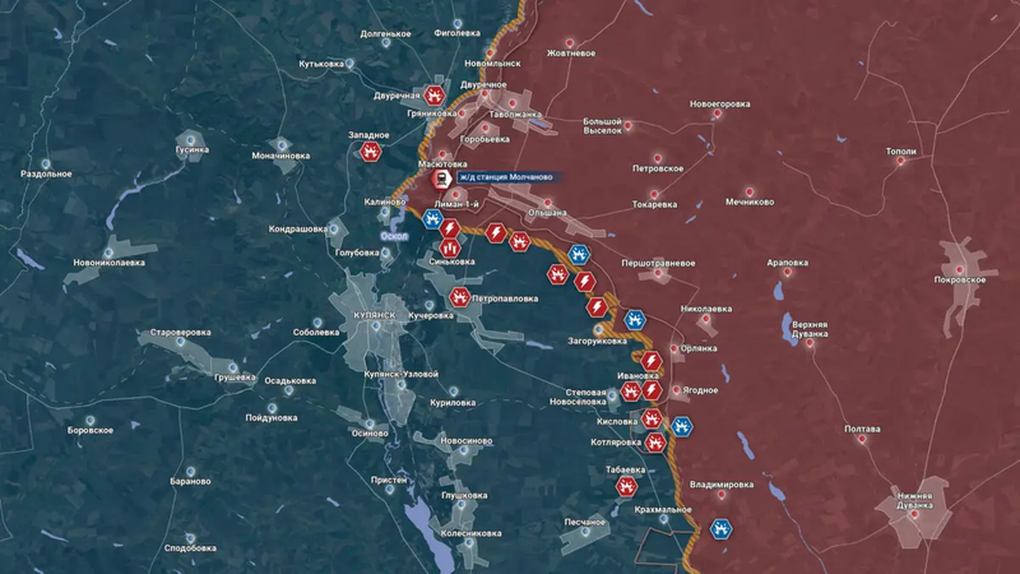
Map of the Ukrainian war in Kupyansk as of January 12. Russia controls the brown area (Photo: Rybar).
Russia makes little progress in Avdiivka and Marinka
In the direction of Avdiivka, Russian offensive operations have slowed down over the past few weeks, although there has been a small advance south of the waste treatment facility. Ukraine is trying to counterattack from Berdychi. In the southwest, the fighting is localized.
Russia continues its offensive west and southwest of Marinka towards Pobeda and Georgievka. At the same time, there are reports of a slight Russian advance north of Maryinka, but this information needs to be clarified.
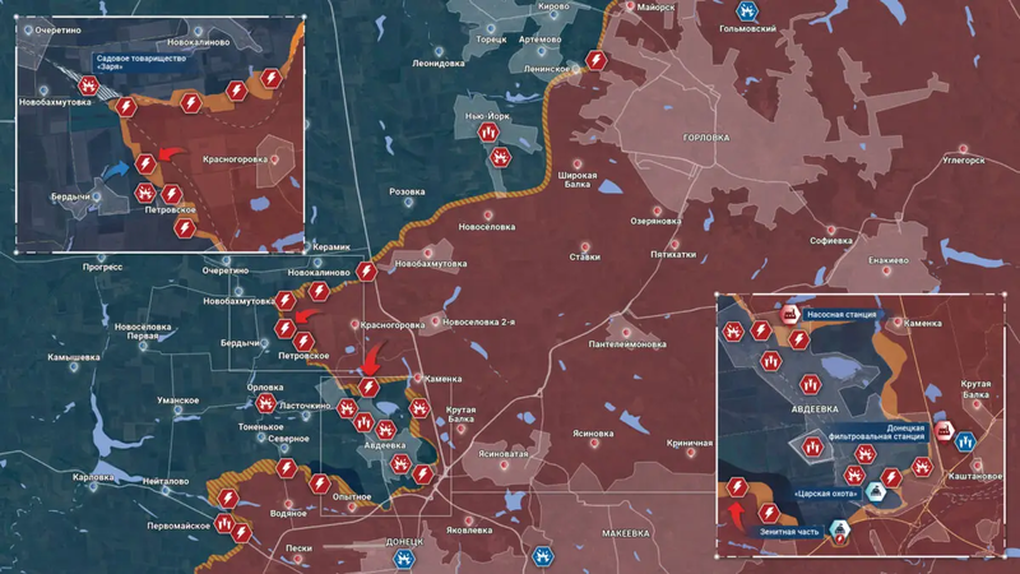
Map of the Ukrainian war in Avdiivka as of January 12. In which, Russia controls the brown area and the red arrows show the direction of their attack, the blue arrows are the direction of Ukraine's counterattack (Photo: Rybar).
Fierce fighting in Ugledar, Vremevsk and Zaporizhia
Rybar reported that in the direction of Ugledar, fierce fighting continued in Novomikhailovka. The Russians advanced to the northeast and into the settlement under the cover of artillery and air power. At the same time, the offensive continued on the southern flank, where the Russians were trying to capture the forest belts on the road to Konstantinovka.
In the Vremevsk region, battles for positions continue along the entire front line. In recent days, the Russian army has sought to expand its control north of Oktyabrskoe and Staromlynovka.
Attempts were also made to penetrate enemy defenses west of Staromayorskoe at Grushevataya. In turn, Ukrainian attacks from Staromayorskoe were unsuccessful.
In the direction of Zaporizhia, fighting continues at Rabotino, where the Russians are gradually pushing the enemy from the positions they had previously occupied. Near Verbovoe, due to bad weather, battles for positions are taking place, Russian units repel the attack of Ukrainian assault groups.
There have been reports of Russian troops approaching the village of Nesteryanka, one of the important routes to Orekhov. If the information is confirmed, this would mean the emergence of a new sector of the front.
In addition, Ukrainian manpower and equipment concentrations in the Rabotino and Verbovoe areas were also attacked. In turn, Ukraine fired multiple rocket launchers at the city of Tokmak in the Zaporizhia region, the consequences of which are unknown.
In the Kherson direction, the situation remains the same, battles for positions are taking place in Krynki and on the islands. Deteriorating weather conditions in this area have reduced the combat capabilities of Ukraine.
Frozen channels would limit the ability to deliver ammunition and reinforcements, and Ukrainian positions in the bridgehead area were not heated, resulting in frostbite among many of their soldiers.
Ukrainian missiles hit 12 Russian targets in 24 hours
Ukrainska Pravda reported that the evening report of the Ukrainian General Staff said that on January 12, 68 clashes took place, Russia launched 2 missiles, conducted 43 air strikes and 25 attacks with multiple rocket launchers.
The report said that over the course of 24 hours, Ukrainian aircraft attacked 21 enemy personnel and weapons concentrations as well as four air defense missile systems. Missile units hit six personnel and weapons concentrations, one command post, one artillery battery, two air defense systems, one ammunition train and one Russian radar station.
The Ukrainian General Staff confirmed that it had repelled most of the Russian attacks in Kupyansk, Liman, Bakhmut, Avdiivka, Marinka, Shakhtarsky and Zaporizhia. At the same time, Russia did not give up its intention to push Ukrainian units away from the bridgehead on the left bank of the Dnieper River, having conducted eight unsuccessful assaults. Ukrainian soldiers continued to hold their positions and inflict significant losses on the enemy.
Estonian Intelligence: Russia considers the presence of F-16s in Ukraine dangerous
European Pravda reported that Colonel Ants Kiviselg, head of the Estonian Defense Forces' intelligence center, said on January 12 that Russia's increased missile attacks on targets in Ukraine showed that Moscow considered the presence of F-16 fighter jets in Ukraine dangerous.
Colonel Kiviselg noted that Russia has been actively using long-range bombers and Kalibr cruise missiles in recent weeks to attack Ukraine's military, defense industry and infrastructure.
"Across the country, electric power facilities, port and railway infrastructure, military airports, weapons and ammunition depots, military training centers and military-industrial complex enterprises engaged in the production and repair of weapons were attacked," he said.
According to the head of Estonia's intelligence agency, the attacks on Ukrainian airports "show that the Russians consider the presence of F-16s in Ukraine's arsenal dangerous."
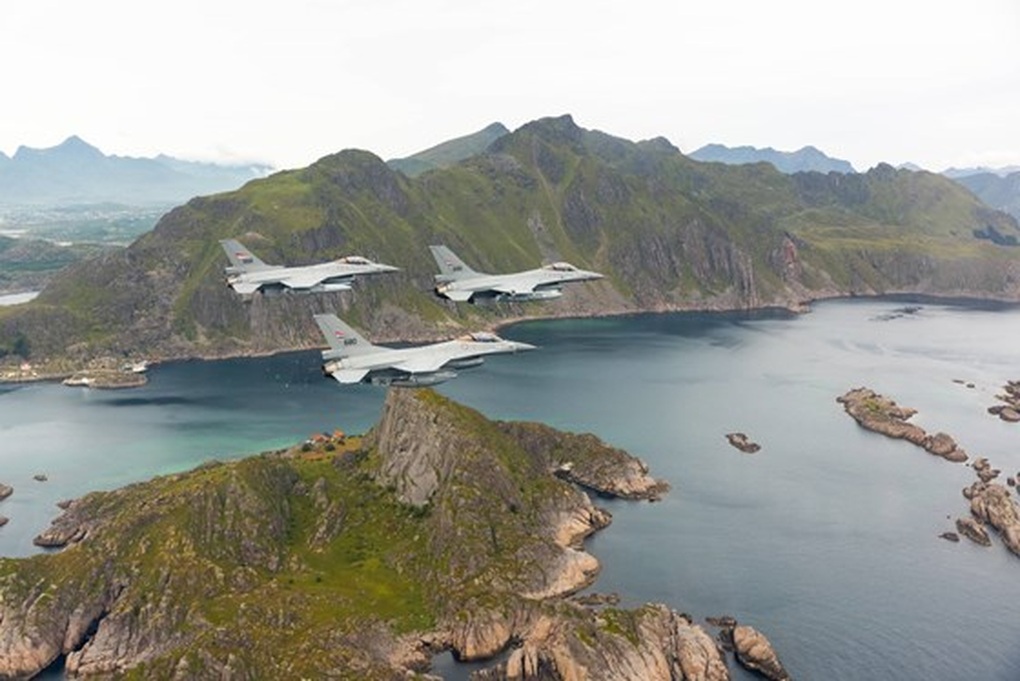
Norwegian Air Force F-16 fighter (Photo: Norwegian Air Force).
According to Mr Kiviselga, Russia's tactic is to saturate Ukraine's air defenses. He believes that when the cold weather sets in, we can expect more major attacks from Russia, as the country is now producing more ammunition than it uses.
Ukrainian Army Commander: Kiev Needs Attack Planes Like the US A-10
In an interview with Reuters, Ukrainian Army Commander Alexander Syrsky said Kiev needs more military aircraft for combat operations, such as US A-10 attack aircraft to support infantry.
"I would talk about the A-10 as an option if they offered it to us... It's not a new machine, but it's reliable, proven in many wars and has a wide range of weapons to destroy ground targets and support infantry," said General Syrsky.
Attack helicopters such as the AH-64 Apache, AH-1 Super Cobra and UH-60 Black Hawk could also play an important role, the commander added.
In addition, according to him, Kiev needs aircraft that can launch long-range cruise missiles.
Ukraine closely monitors activities of Russian strategic air force
Ukrainska Pravda reported that in the early morning of January 13, the Ukrainian Air Force issued a statement on Telegram stating that there was activity by Russian strategic aviation in the area of Olenya airport, but noted that so far the enemy aircraft did not pose any threat. In case of danger, the Air Force will make further announcements.
British Prime Minister announces $3.2 billion aid package for Kiev
During a visit to Kiev on January 12, British Prime Minister Rishi Sunak announced a military aid package expected to be worth £2.5 billion ($3.2 billion), Kyiv Independent reported.
The two leaders also signed a new agreement on security cooperation, the first bilateral commitment completed as part of the security assurances announced by the Group of Seven last July.
Mr Sunak said the new aid package announced included air defence equipment, anti-tank weapons, long-range missiles and training for Ukrainian soldiers. The UK government had previously said the aid would also include “the largest ever commitment of drones”.
President Zelensky said the bilateral security agreement between Ukraine and the UK was "unprecedented, which has gone down in the history of our country."
Even as the British Prime Minister was visiting Kiev, media reports said that newly appointed French Foreign Minister Stephane Sejourne was expected to arrive in the Ukrainian capital on January 13.
Ukrainian diaspora asks Australia to send 45 decommissioned helicopters
The Federation of Ukrainian Organizations in Australia has asked the Australian government to provide Kiev with 45 decommissioned Taipan helicopters instead of scrapping them, the Kyiv Independent reported.
Media reported in December 2023 that the Australian military had decided to quietly dismantle and scrap its fleet of multi-role Taipan helicopters, despite Kiev's formal request to transfer them to Ukraine.
In a statement, the Ukrainian community organization in Australia said the vehicles "could be a game changer in Ukraine".
The Australian military has begun retiring its Taipan helicopters after a training accident killed four service members and is switching to Black Hawk helicopters.
Russia lacks some modern weapons components due to sanctions
The statement indicated that Western sanctions were having a tangible impact on Russia's defense industry, although multiple reports suggest Moscow continues to receive sensitive sanctioned goods.
The National Anti-Corruption Service of Ukraine (NAZK) has identified about 2,500 foreign components in Moscow's weapons, mainly from the United States, whose manufacturers do not directly sell their products to Russia.
British Prime Minister: Putin will not stop if he wins in Ukraine
The Guardian reports that Chancellor Rishi Sunak said if the UK wavered in its support for Ukraine, it would embolden President Vladimir Putin and “his allies in North Korea, Iran and elsewhere”.
Speaking at a joint press conference with Ukrainian President Zelensky in Kiev, the British prime minister said "our adversaries around the world believe we do not have the patience or the resources for protracted wars".
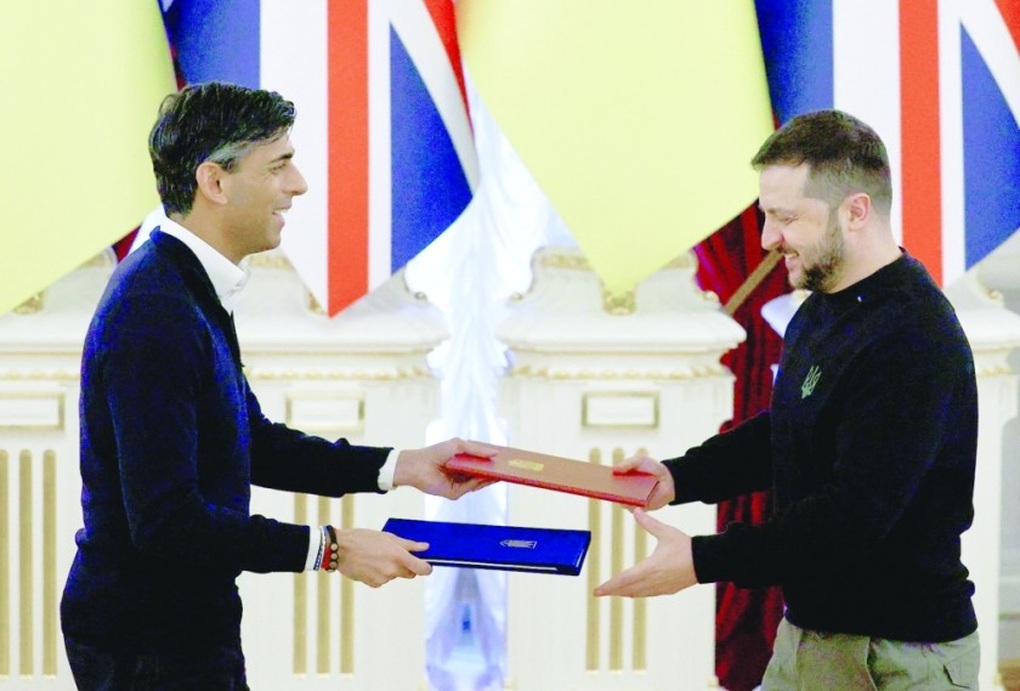
British Prime Minister Sunak and Ukrainian President Zelensky signed a security agreement in Kiev on January 12 (Photo: Reuters).
"Ukraine is not alone and Ukraine will never be alone. President Putin may think he can outlast us but he is wrong. We stand with you today, tomorrow and for as long as it takes," he added.
According to Reuters, Guardian, Kyiv Independent, European Pravda, Ukrainska Pravda, Rybar
Source



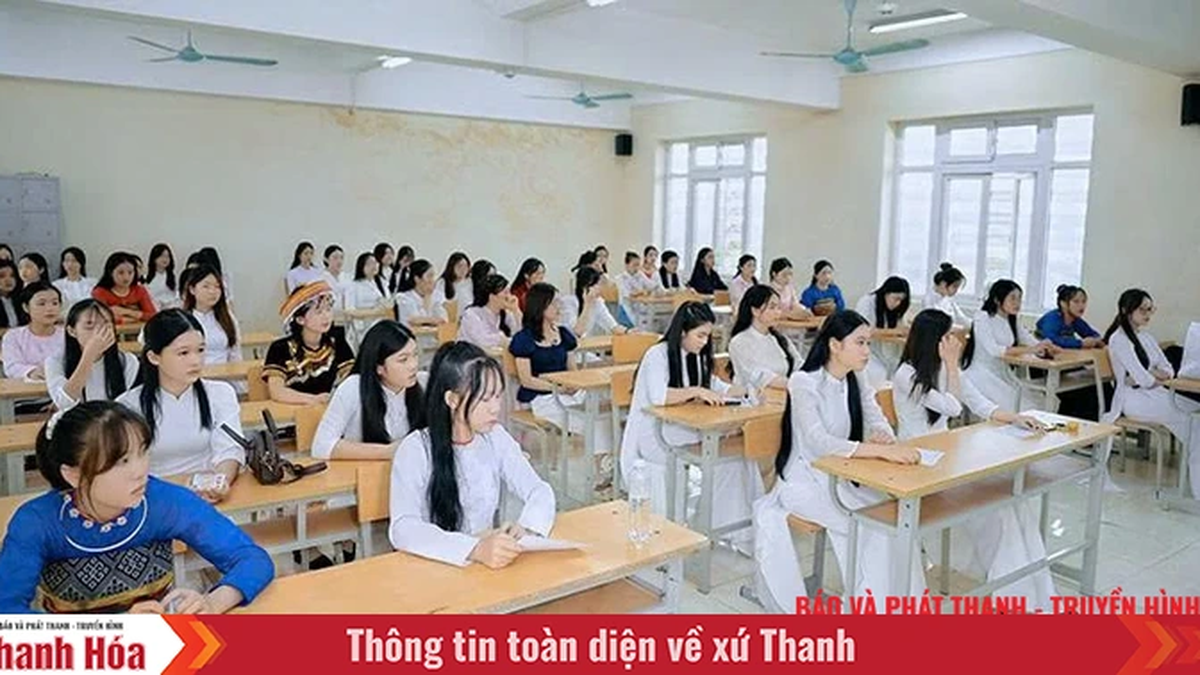
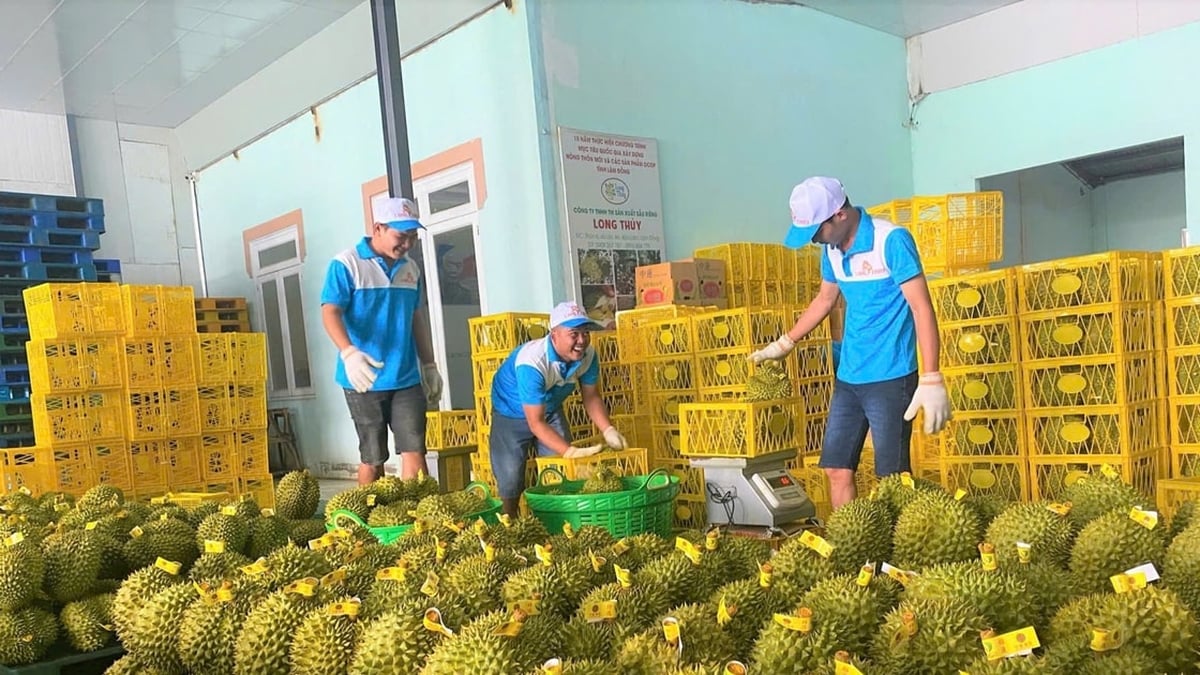

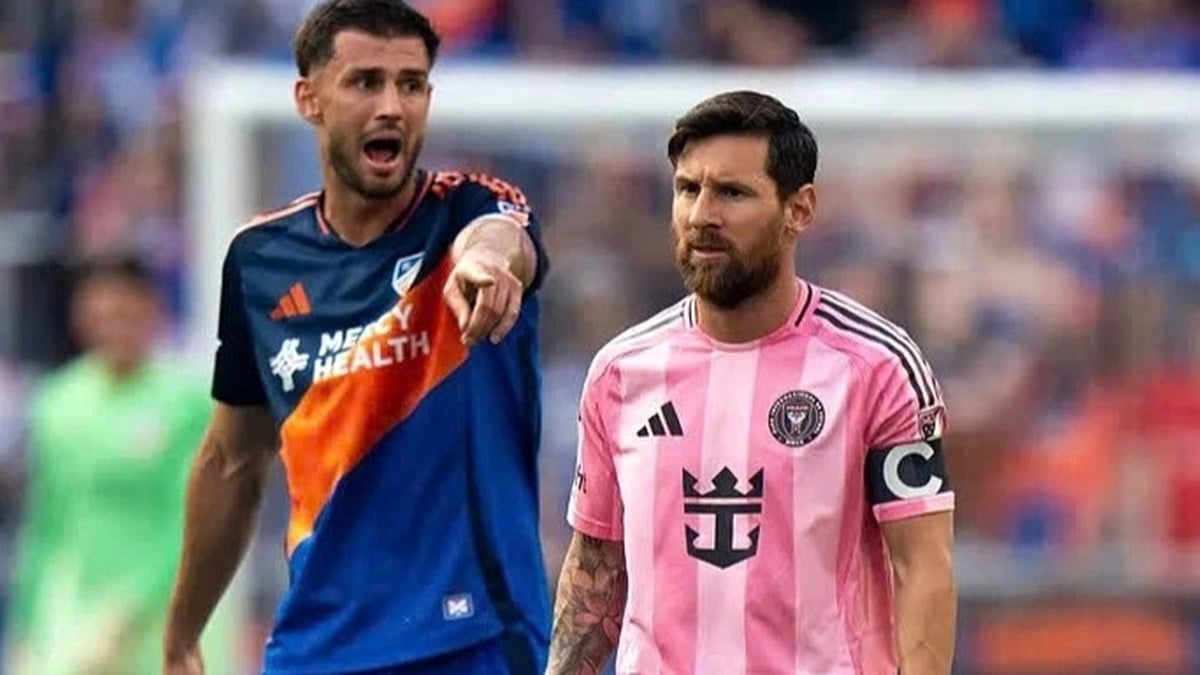
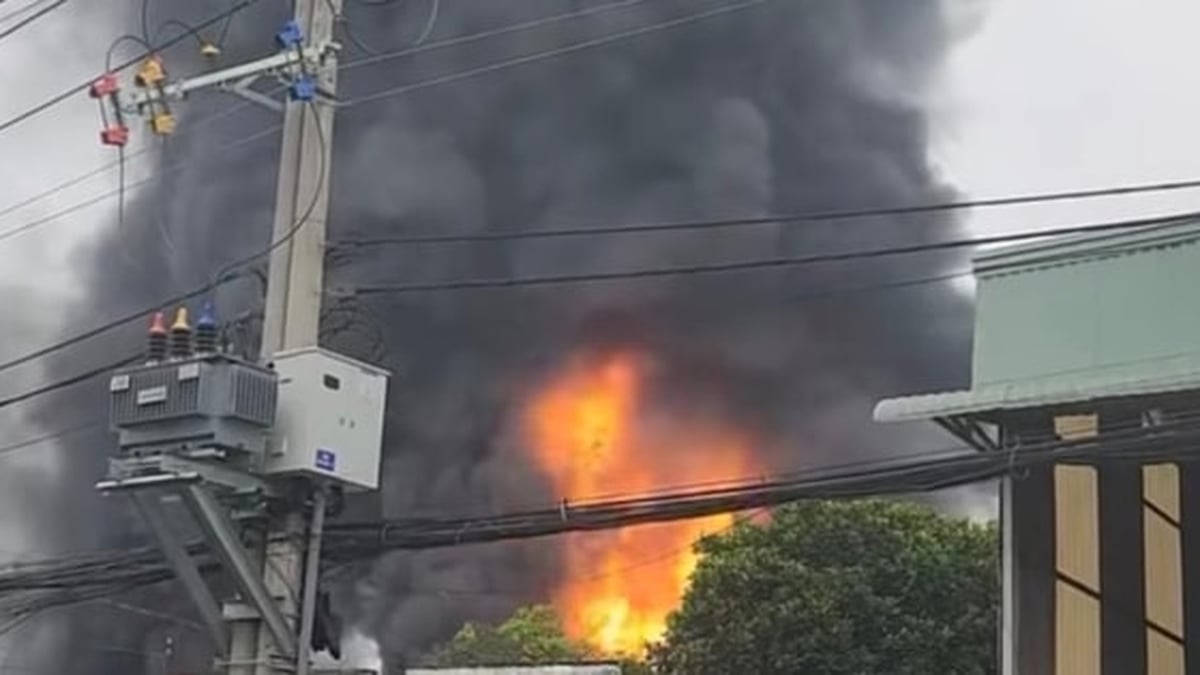









































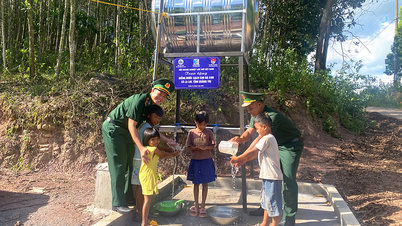







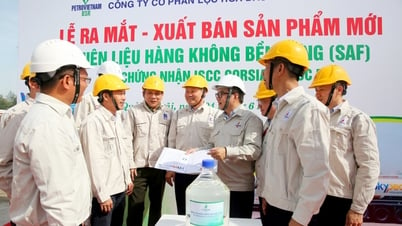




![[Maritime News] More than 80% of global container shipping capacity is in the hands of MSC and major shipping alliances](https://vphoto.vietnam.vn/thumb/402x226/vietnam/resource/IMAGE/2025/7/16/6b4d586c984b4cbf8c5680352b9eaeb0)

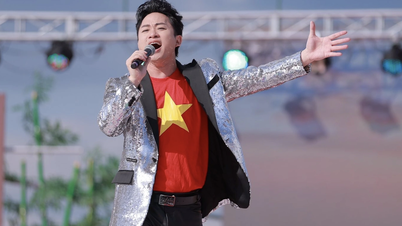
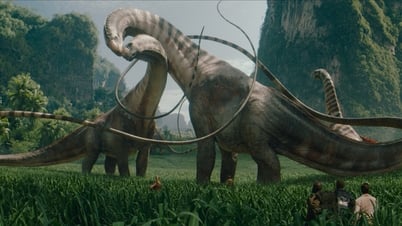




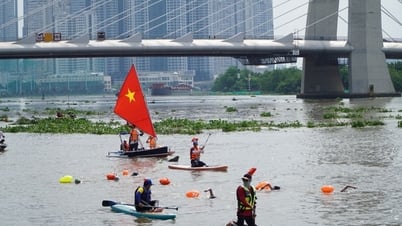

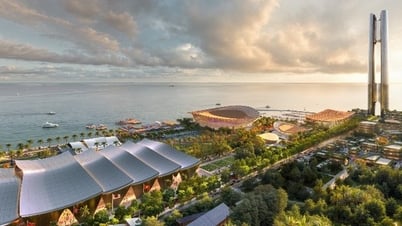
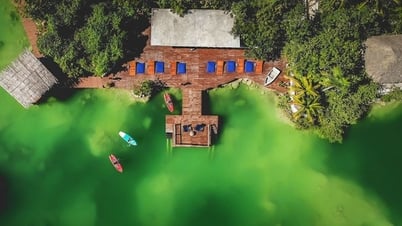
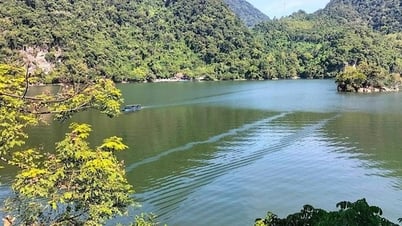

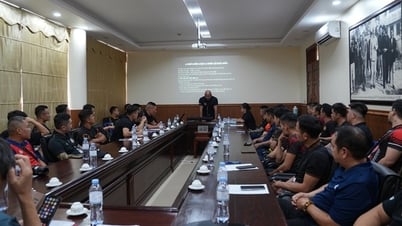



















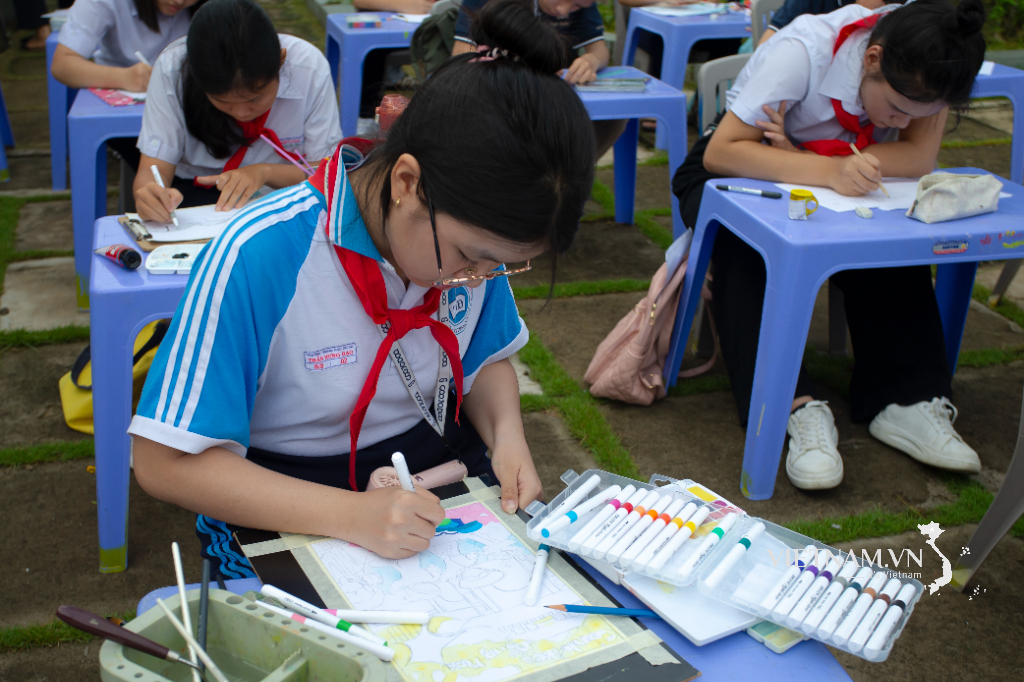



Comment (0)